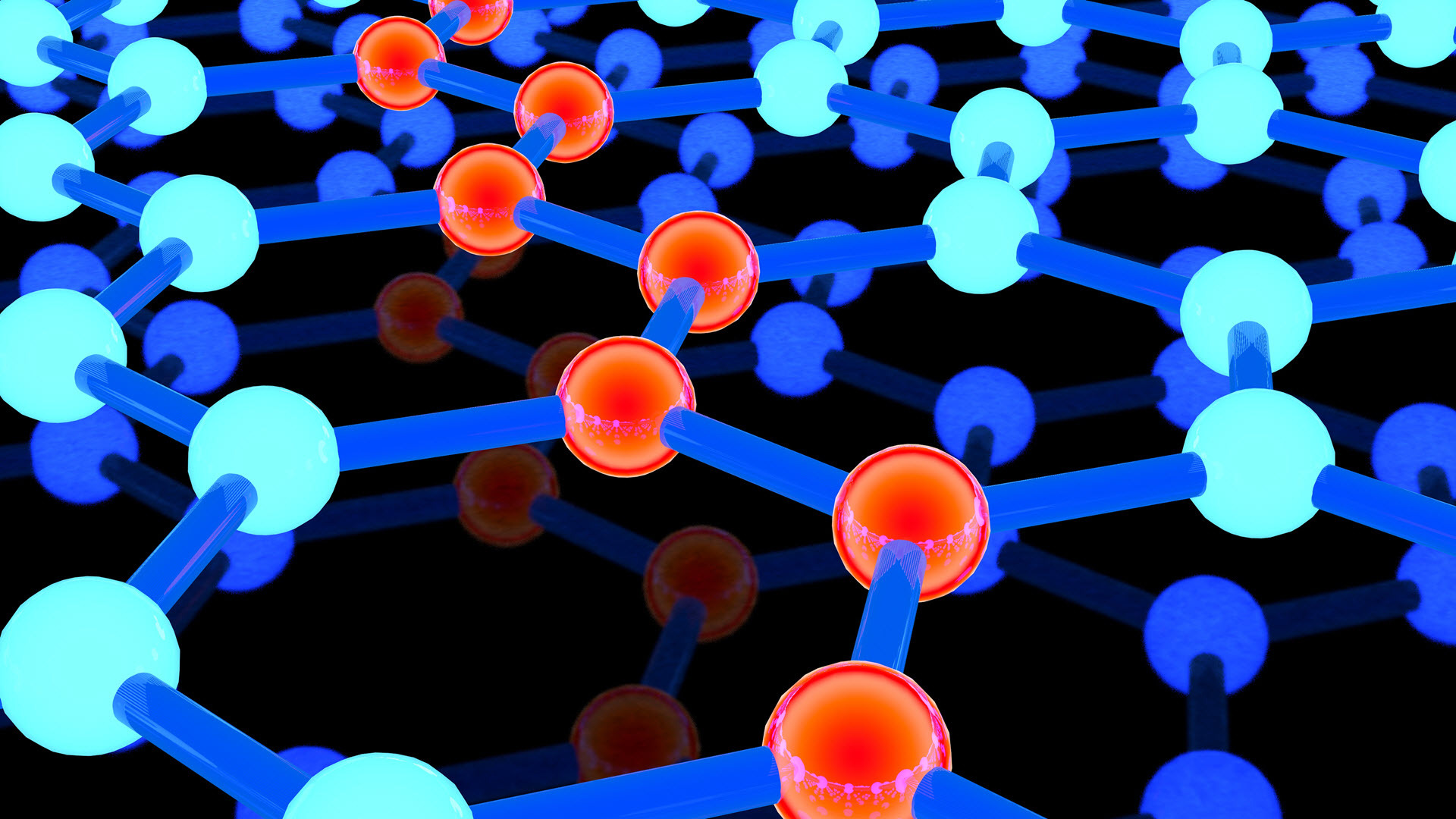
Researchers from the Indian Institute of Science (IISc) have successfully built a molecular film that stores 16,384 conductance states, According to TechXplore. It shows us a potential future where we go beyond the limits of classical binary and even up-and-coming quantum computing.
To put things into context, binary computing has a two-bit resolution, meaning it has only two possible states, 1 and 0, and it can store only one. On the other hand, quantum computing can represent 2^n states simultaneously, with n representing the number of qubits. So, if your quantum computer has four qubits, you can store up to 16 states. However, the study published in the Nature Journal says that this chip can handle 14-bit resolution (or 2^14). This means it can reliably store 16,384 states, all while using small amounts of energy.
The research team, led by Assistant Professor Sreetosh Goswami at the Centre for Nano Science and Engineering (CeNSE) at IISc, used the movement of molecules and ions within the material film to represent particular memory states. They then used precise times electrical pulses to trace the movement of these molecules and then map each of them to a specific signal, allowing them to build a “molecular diary” of the different states within the molecular film.
Goswami tells TechXplore, “This project brought together the precision of electrical engineering with the creativity of chemistry, letting us control molecular kinetics very precisely inside an electronic circuit powered by nanosecond voltage pulses.” As these molecules change their electronic states, the chip can perform complex computations, like matrix multiplication, in a single step.
Because these memory states can store and process much more information, these molecular films would work well as a neuromorphic accelerator, acting similarly to how the neurons in human brains work. However, what makes this accelerator different from other experimental DNA technology is how easily it could be integrated with existing silicon chips to boost performance and efficiency.
To prove its capabilities, the research team used the chip to recreate the ‘Pillars of Creation’ using raw James Webb Space Telescope data. The original image was created using NASA’s Pleiades supercomputer, which had a theoretical peak of 608.83 GFlop/s and a power rating of 2,090 kW. However, with their neuromorphic accelerator paired with a desktop computer, they could output the same image at a fraction of the time and energy required.
This development is encouraging, as humanity’s global computing requirements are increasing exponentially annually. While many still think that quantum computing is still the holy grail of data processing, this neuromorphic accelerator seems like a closer and more viable solution. At the moment, the research team is now developing this molecular film into a completely integrated chip. “This is a completely home-grown effort, from materials to circuits and systems,” Goswami told TechXplore. “We are well on our way to translating this technology into a system-on-a-chip.”







